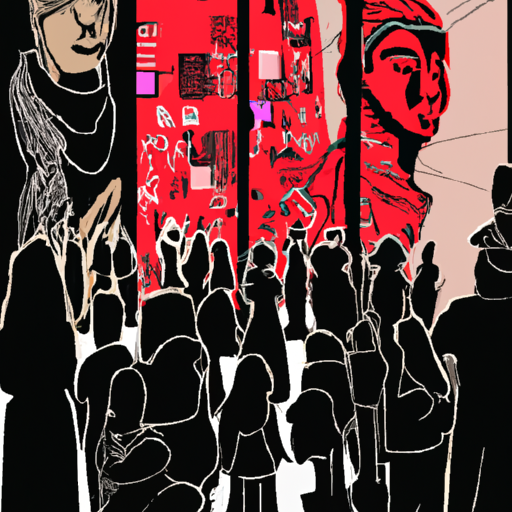Assessing the Canadian Opioid Crisis and Its Impact on Indigenous Communities
Hello everyone, today I’d like to discuss an important issue that has been hitting headlines all over Canada. The country is currently plagued by an opioid crisis, with harmful effects especially experienced within indigenous communities. I recently came across some insightful information on this subject contained in an article published by APTN News. I feel it’s crucial to share and discuss this key issue with all of you.
Unraveling the Opioid Crisis
Before diving into the article’s findings, let’s first explore what the Canadian opioid crisis entails. This epidemic has led to a sharp rise in opioid-related deaths, with a substantial increase in the misuse and addiction of prescription opioids. It’s also caused a significant surge in homelessness and crime rates in many regions across the nation.
Impact on Indigenous Communities
The article by APTN News draws a poignant picture of the grim reality facing Indigenous communities due to the opioid crisis. These communities are particularly hard-hit, grappling with a disproportionate number of overdoses and deaths. This issue underscores the urgent need for targeted efforts to address this crisis within these communities.
Efforts to Combat the Crisis
Despite the gloomy picture, it’s heartening to see efforts being made to tackle the opioid crisis. Among the notable measures undertaken is the opioid class action, a lawsuit orchestrated by various governments to challenge the large pharmaceutical companies responsible for making opioids. This is indeed a step in the right direction, acknowledging that culpability lies with these corporations for the escalating opioid crisis, especially within Indigenous communities. However, a lot more needs to be done to mitigate this crisis.
Here are some key points from the article:
- Indigenous people are highly vulnerable to the opioid crisis due to a history of trauma, systemic inequality, and barriers to healthcare.
- The opioid crisis has drastically increased the rates of crime and homelessness within these communities.
- The opioid class-action lawsuit is significant, as it ensures the culpable pharmaceutical corporations are held accountable.
- Naloxone, an opioid overdose reversal drug, is being leveraged but there is a need for increased accessibility, particularly within Indigenous communities.
Creating a Better Future
While recent efforts are encouraging, there is still much work to be done to address the opioid crisis. It’s crucial that we continue to build awareness about this issue, promote discussions that lead to actionable solutions, and advocate for indigenous communities who have been severely impacted by the opioid crisis.
Personal Reflections
Reflecting on this article, it becomes evident that we need to become better at forming comprehensive strategies to tackle the opioid crisis. This includes ensuring sufficient access to healthcare, providing mental health resources, bolstering community supports, and ensuring corporations that fuel such crises are held accountable.
In conclusion, addressing the opioid crisis, especially within indigenous communities, is an urgent necessity. Until such time that a comprehensive strategy is put into place, communities will continue to suffer. With more awareness, understanding, and concerted efforts, we certainly can stimulate action towards resolving the opioid crisis in Canadian Indigenous communities.


